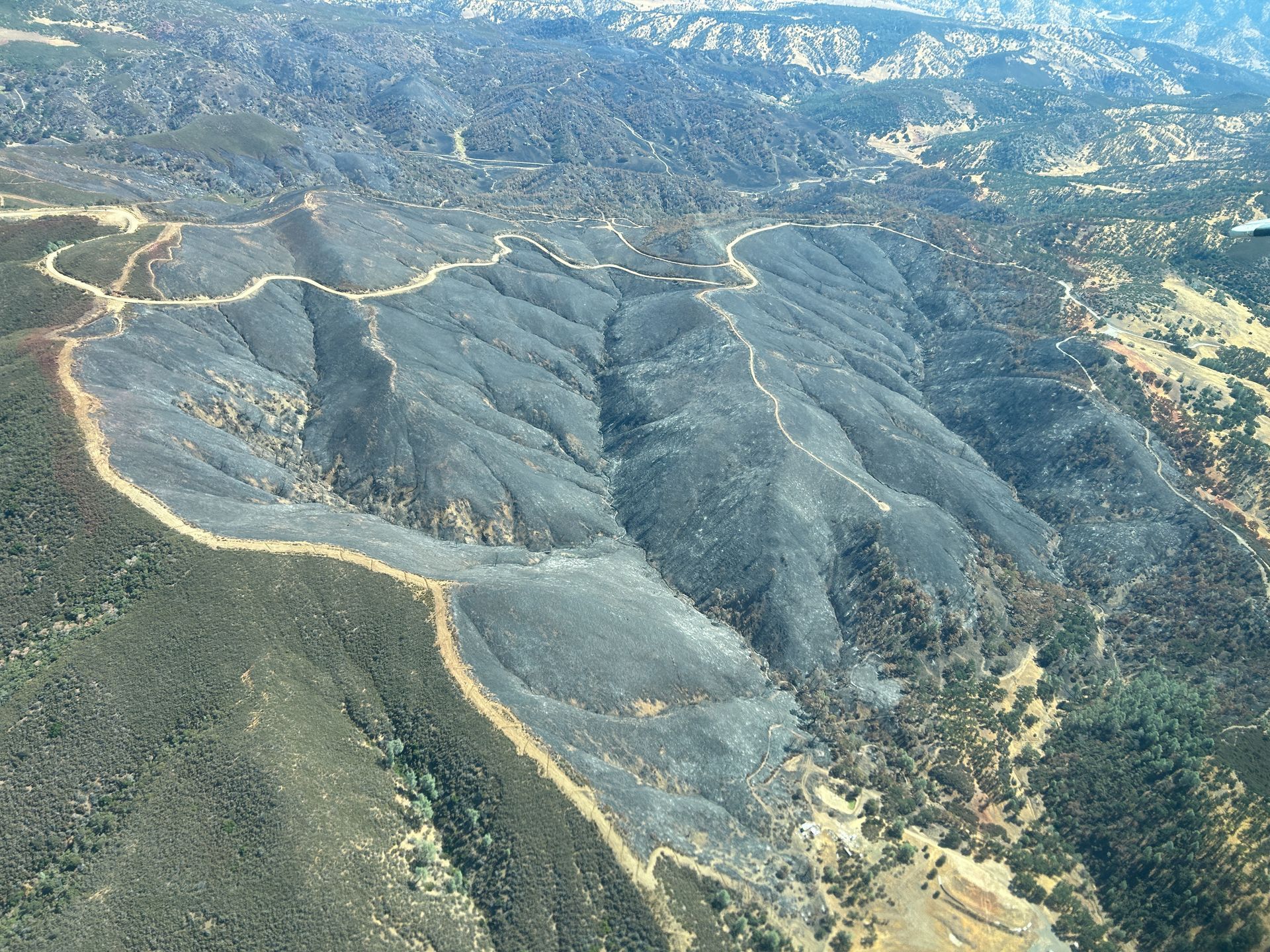KEEP USDA SERVICES IN CALIFORNIA
500 MILES TOO FAR!
USDA REORGANIZATION
On July 24, 2025, the United States Department of Agriculture (USDA) released a plan to reorganize its offices nationwide. The reorganization affects multiple USDA agencies that serve California's farmers, ranchers, rural communities and national forests, consolidating operations into five regional hubs while eliminating the current nine regional Forest Service offices across the country. The closest hub to California will be located in Salt Lake City, Utah - over 500 miles from the Central Valley.
What's at Stake for California
AGRICULTURAL SECTOR UNDER THREAT
California dominates American agriculture with $59.46 billion in agricultural sales and more than 400 agricultural commodities. California produces 70% of all fruits and vegetables grown in the country. Despite this agricultural supremacy, the USDA reorganization threatens this leadership by:
Excluding California representation
The five new regional hubs are located in Raleigh NC, Kansas City MO, Indianapolis IN, Fort Collins CO, and Salt Lake City UT - none in California despite it being the nation's top agricultural producer
Disrupting county services
Local USDA offices may close or reduce services, affecting farmers' access to technical assistance and emergency response coordination
Centralizing nutrition programs
The Food and Nutrition Service will reduce its regions from seven to five and align with distant USDA hubs, which could affect how SNAP, WIC, and school nutrition programs are administered in California's 58 counties
Consolidating agricultural services
USDA will consolidate support functions away from California, reducing responsiveness to the state's diverse agricultural, environmental and resource challenges
FOREST MANAGEMENT AND WILDFIRE RESPONSE IN JEOPARDY
California’s 18 national forests covering 20 million acres will be managed from distant states with far less forest land and far different ecosystems. The reorganization plan:
Closes Forest Service regional offices over the next year
including California's Region 5 office that oversees California, Hawaii and Pacific Islands
Eviscerates the experienced workforce
Over 15,000 USDA employees have taken voluntary buyouts, and the reorganization accelerates departures as employees face relocation and elimination of positions
Removes local decision-making
thousands of miles from California's fire-prone forests, removing decision-making authority from those with expertise and slowing emergency response
Shutters California's Pacific Southwest Research Station
The only research station studying Mediterranean climate and chaparral ecosystems moves to Colorado, losing expertise tailored to California's unique conditions
ECONOMIC IMPACT ON CALIFORNIA COMMUNITIES
California's rural communities and agricultural economy will bear significant economic costs from the reorganization
Displaces workers
California USDA employees face forced relocation to distant states or job loss
Removes local expertise
Decades of California-specific agricultural and forestry knowledge will be lost
Slows agriculture inspections
Consolidation of support functions may slow critical food safety inspections for California's massive agricultural exports
Eliminates rural community support
Loss of federal presence in rural California communities that depend on USDA and USFS services
HOW TO TAKE ACTION
California cannot afford to lose its voice in USDA decision-making. Act now by sending a letter to USDA to express why it is imperative that regional offices exist to better serve our community.
Submit your comments today! Deadline: August 26, 2025
Email your comments to: reorganization@usda.gov
SAMPLE EMAIL:
"I oppose the USDA reorganization plan because it fails to adequately serve California's needs. As the nation's leading agricultural producer with $59.46 billion in sales - California requires dedicated regional oversight, not distant management from other states. The elimination of Forest Service regional offices puts California communities at risk during fire season and threatens the health of our public lands. The consolidation of county-level services threatens nutrition programs, agricultural assistance, and emergency response that California's 58 counties depend on. This plan was developed without proper consultation with communities, land managers or agricultural stakeholders. I urge USDA to maintain a California-based regional hub, maintain Forest Service regional offices, and ensure continued local service delivery to protect our state's agricultural economy, wildfire response capabilities, public lands and rural communities."
You have until August 26, 2025 to submit comments opposing this plan that abandons California and the West Coast.
For more information contact Bryan Pride, Tuleyome's Policy Director.
RECENT NEWS






